
Provinces
The Democratic Socialist Republic of Sri Lanka (known as Ceylon until 1972) is located in the Indian Ocean between the Laccadive Sea in the west and the Bay of Bengal in the east, separated by the Palk Strait and the Gulf of Mannar from Tamil Nadu, an Indian state on the southern coast of the Indian subcontinent.

Provinces
The Democratic Socialist Republic of Sri Lanka (known as Ceylon until 1972) is located in the Indian Ocean between the Laccadive Sea in the west and the Bay of Bengal in the east, separated by the Palk Strait and the Gulf of Mannar from Tamil Nadu, an Indian state on the southern coast of the Indian subcontinent.

Provinces
The Democratic Socialist Republic of Sri Lanka (known as Ceylon until 1972) is located in the Indian Ocean between the Laccadive Sea in the west and the Bay of Bengal in the east, separated by the Palk Strait and the Gulf of Mannar from Tamil Nadu, an Indian state on the southern coast of the Indian subcontinent.
Southern Province
The Southern Province of Sri Lanka is a small geographic area consisting of three districts: Galle, Matara and Hambantota. Farming and fishing are the main sources of income for the vast majority of the people in this region. Important landmarks of the Southern Province include the wildlife sanctuaries; Yala, Lunugamvehera, and Bundala National Parks. Ussangoda in Ambalantota which has pre-historical connections has a panoramic view of the beach and the sea, and the ancient cities of Tissamaharama, Kirinda, and Galle. During the Portuguese period, there were two famous Sinhalese poets called Andare who was from Dickwella, and Gajaman Nona who was from Denipitiya in the Matara District, composing poems on the common man.
Galle District bounded on the north by Bentara River, on the south and west by the Indian Ocean and on east by Matara and Ratnapura Districts. Topography of the Galle District is very much opposed. The climatic condition of Hiniduma Pattuwa is very similar to the central hill country of Sri Lanka. This area consists of rainforests, which are catchments for most of the rivers and lakes in the Galle District. Sinharaja Forest Reserve is one of them. The Galle District lies in a temperate climatic zone and its annual rainfall is between 2000 & 2500mm. The river “Gin Ganga” starts from Gongala Hill of Hiniduma Pattuwa and in its long journey of 113 km (70 mi) it passes Neluwa, Thawalama, Nagoda Baddegama and Thelikada areas. The river nourishes a land area in extent of 922 km2. After its long journey it flows to the Indian Ocean at Gintota. The Madhu Ganga (River) starts from Polathukanda and joins the sea at Balapitiya. It helps maintain ecological balance in the Galle district.
Galle Fort and Sinharaja Forest Reserve are declared World Heritage Sites by UNESCO. The Kanneliya and Hiyare Forest Reserves are located in the Galle District.
Matara district is surrounded by a scenic sea belt and full of natural beauty. It possesses a proud history and is a fertile region situated between Galle and Hambantota districts. It consists of the Sinharaja rainforest and many attractive waterfalls. The Matara District climatically belongs to wet zone of the low country. This pattern of climate lasts similarly to the general condition of the island.
Hambantota District is located on the south-eastern coast of Sri Lanka. The district capital is Hambantota which is a centre of salt production. Other prominent towns include Tangalle, Ambalantota, Tissamaharama, and Beliatta.
Before modern development took place after the country gained independence in 1948, the agriculture in the district was Chena cultivation, and to some extent paddy cultivation on non-irrigated land. In the highlands, Kurakkan was cultivated along with other grains such as corn. Leonard Woolf’s `Village in the Jungle’ provides a very interesting and insightful account of the people, the land, and issues of concern during the British Colonial period as he worked as an assistant government agent for Hambantota.
Southern Province is also featured on TripAdvisor.-
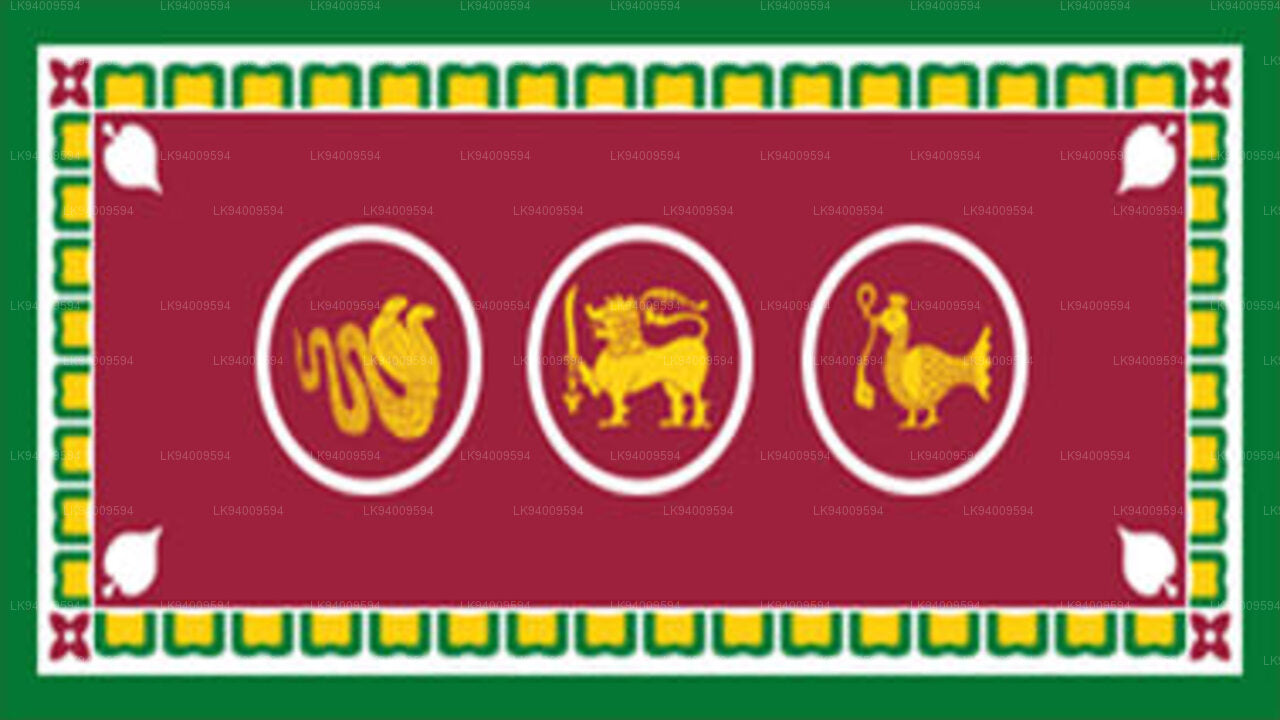 Western Province
Western ProvinceThe most densely populated province of Sri Lanka, the Western Province which is 3,593 km2 in extent is home to the country’s legislative capital Sri Jayewardenepura. It is also home to the country’s commercial hub, Colombo.
-
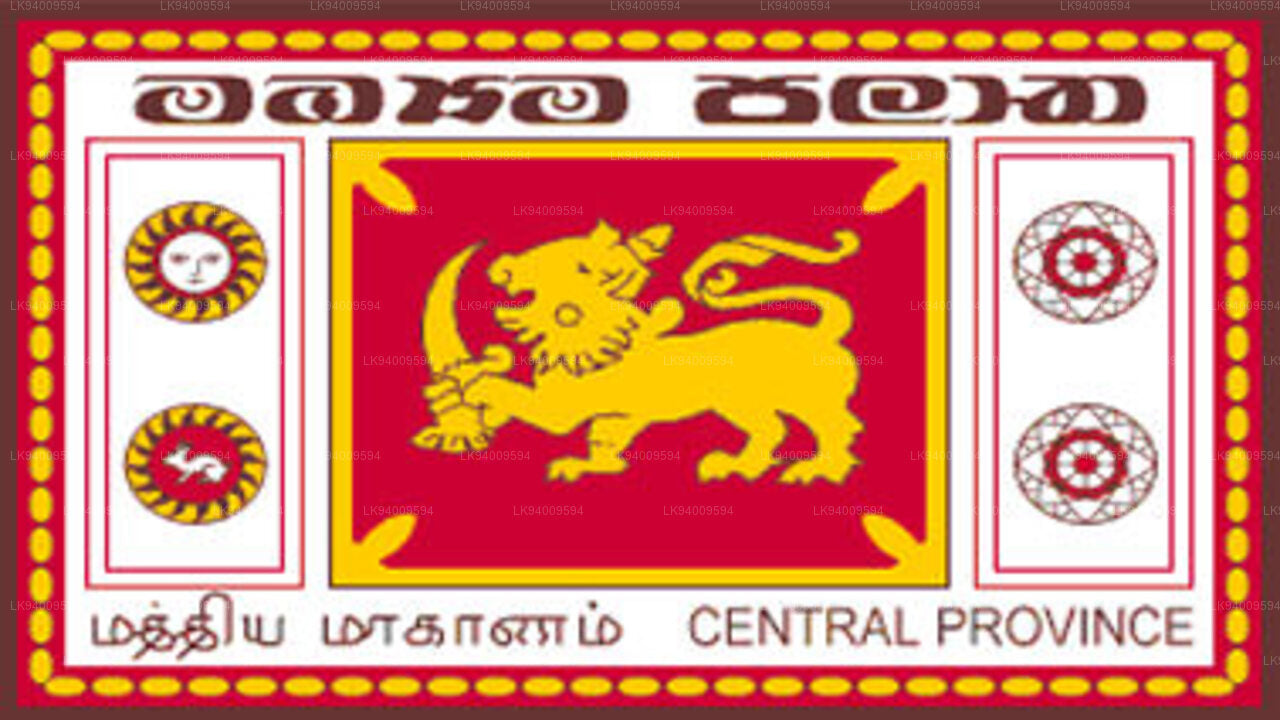 Central Province
Central ProvinceThe Central Province is located in the central hills of Sri Lanka comprising of three administrative districts: Kandy, Matale and Nuwara-Eliya. The land area of the province is 5,575 km2 which is 8.6% of the total land area of Sri Lanka.
-
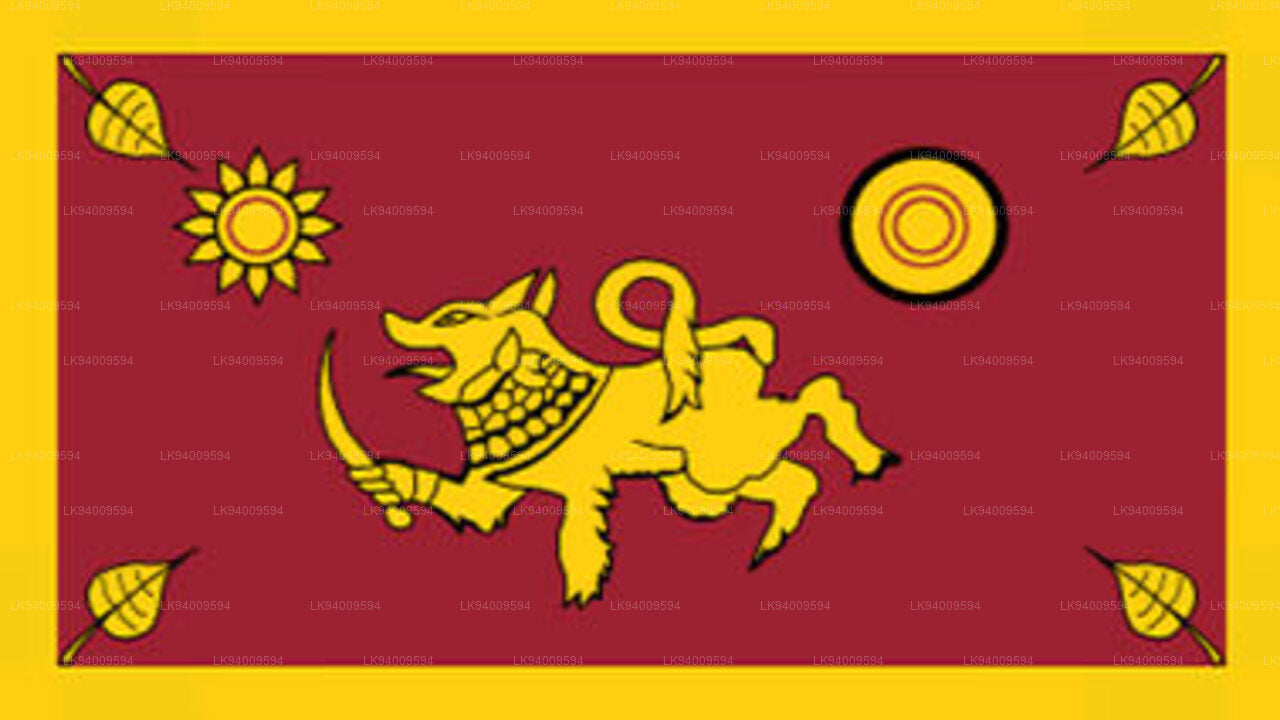 Southern Province
Southern ProvinceThe Southern Province of Sri Lanka is a small geographic area consisting of three districts: Galle, Matara and Hambantota. Farming and fishing are the main sources of income for the vast majority of the people in this region.
-
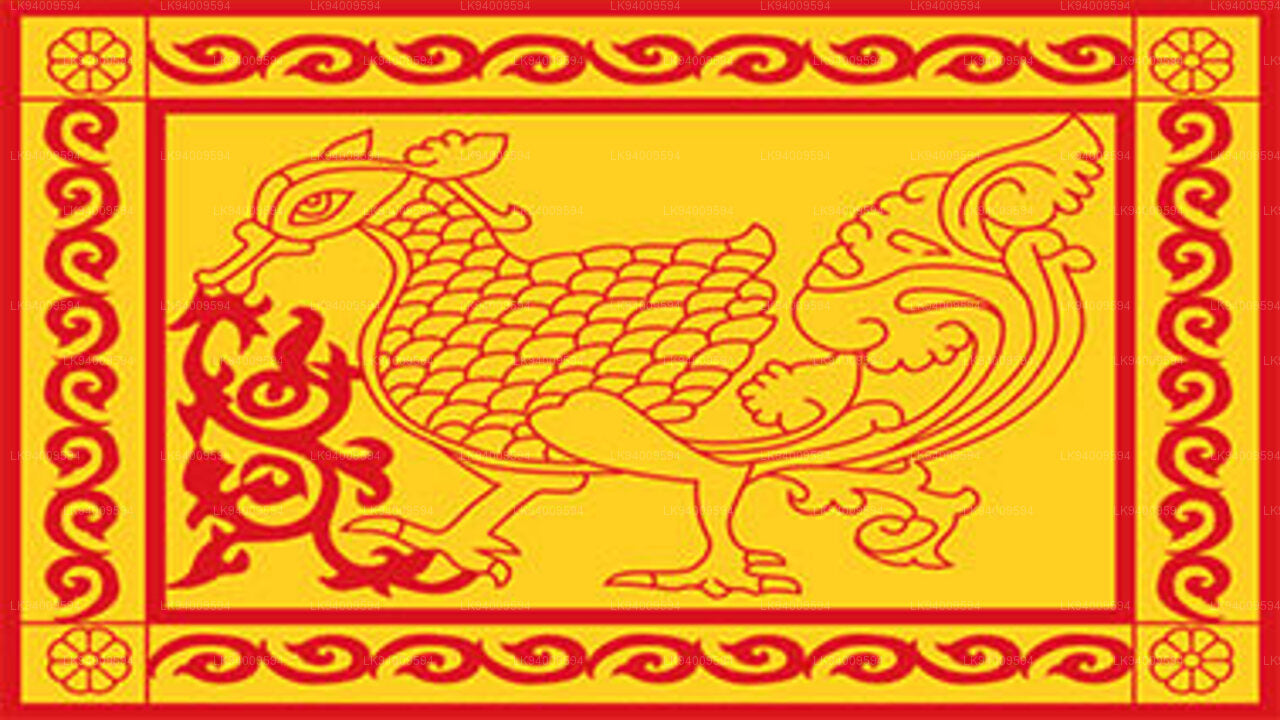 Uva Province
Uva ProvinceThe Uva Province consists of two districts: Badulla and Moneragala while the capital of the province is Badulla. Uva is bordered by the Eastern, Southern and Central provinces.
-
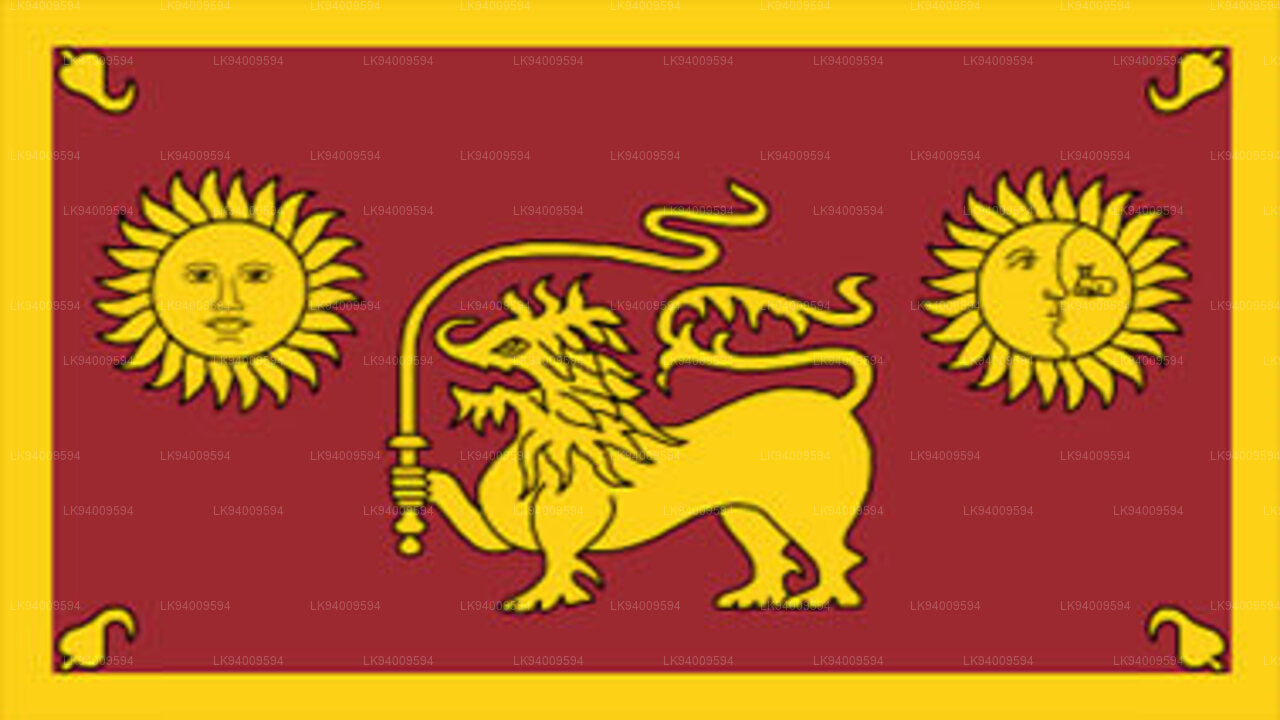 Sabaragamuwa Province
Sabaragamuwa ProvinceSabaragamuwa is yet another province of Sri Lanka, located in the south-central region of the island and is comprised of two administrative districts: Ratnapura and Kegalle.
-
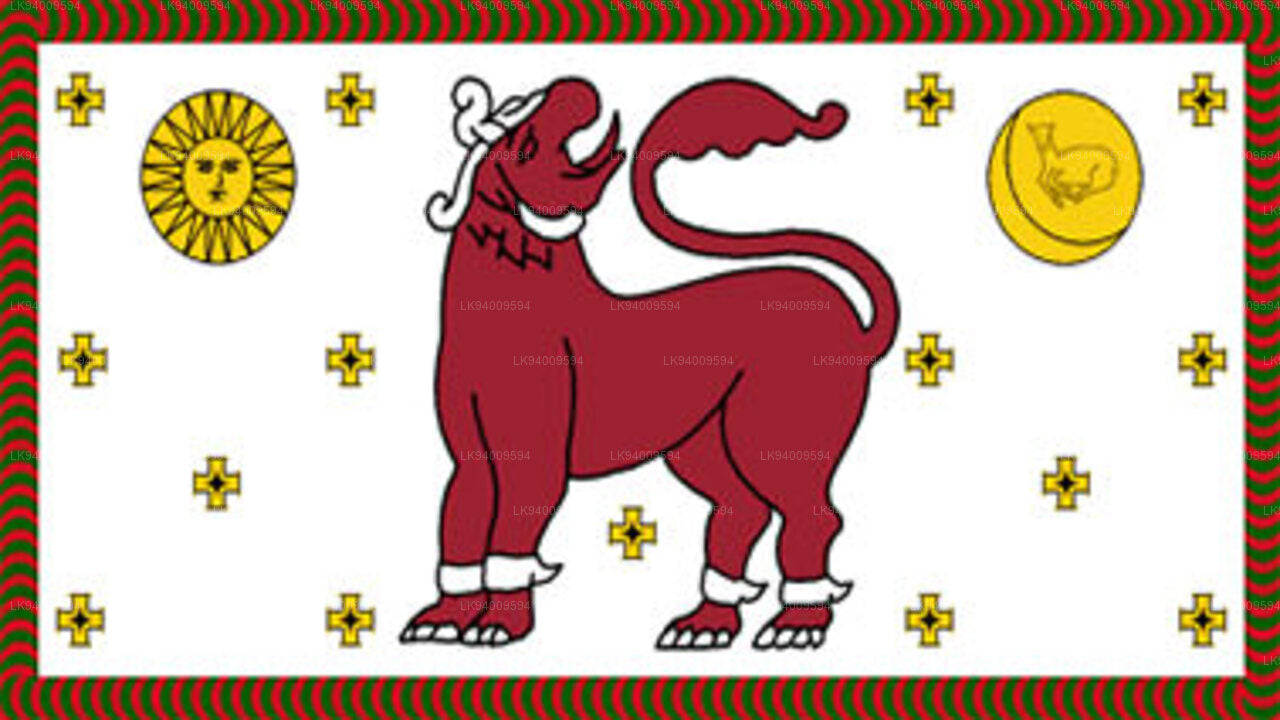 North Western Province
North Western ProvinceNorth Western Province is comprised of two administrative districts viz. Kurunegala and Puttalam. The provincial capital is Kurunegala that has a population of 28,571. The province is well known for its coconut plantations.
-
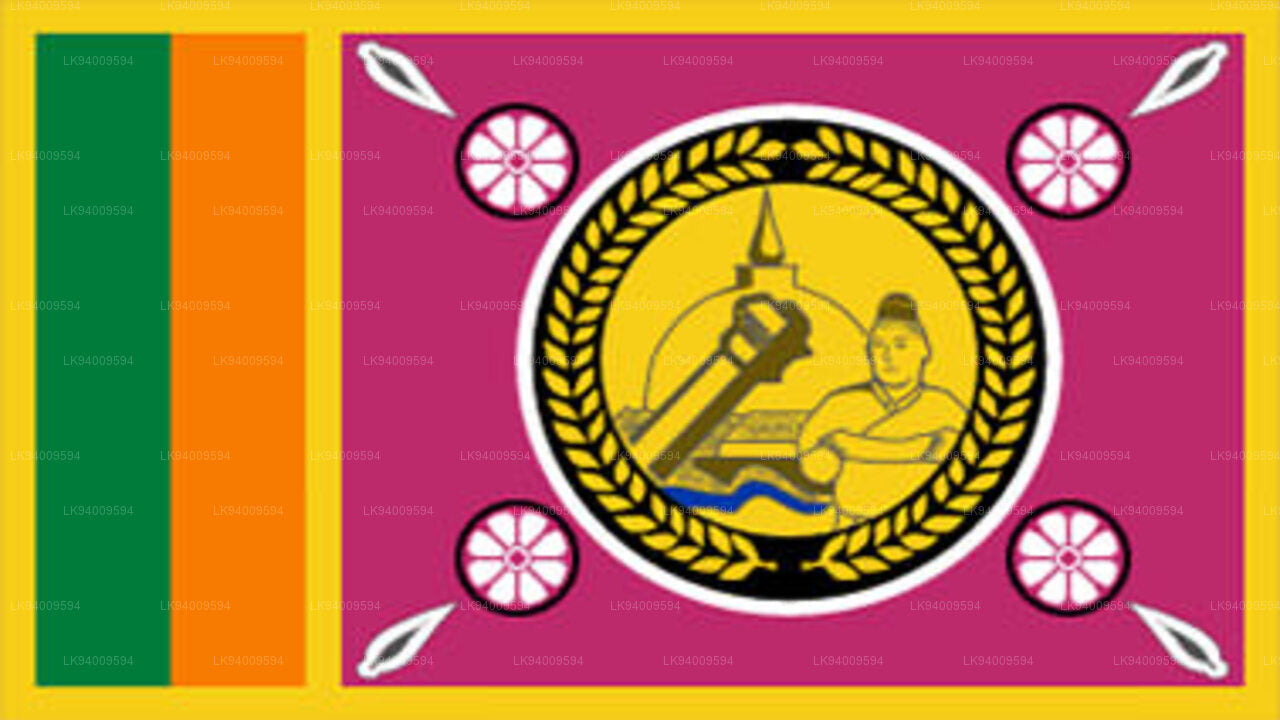 North Central Province
North Central ProvinceThe largest province of Sri Lanka, located in the dry zone being 10,714 km2 in extent, the North Central Province that consists of two administrative districts viz. Anuradhapura and Polonnaruwa,
-
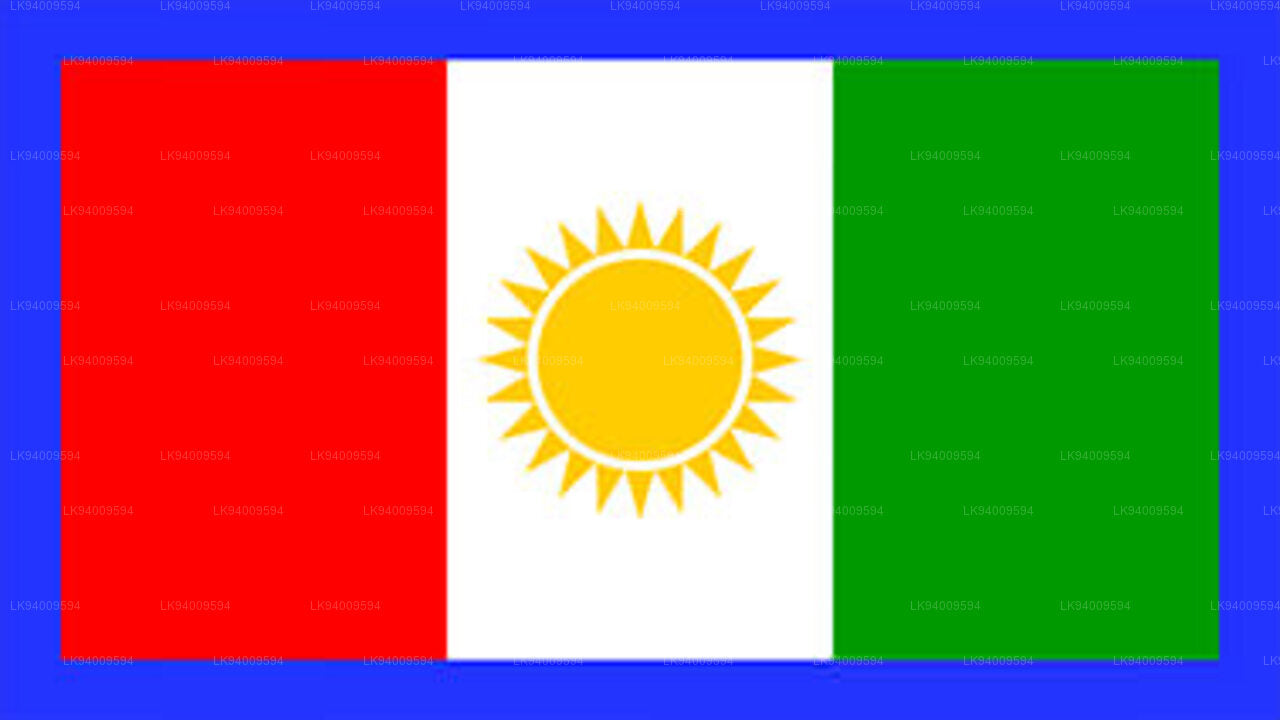 Northern Province
Northern ProvinceThe Northern Province is located in the north of Sri Lanka just 35 km from India. It has a land area of 8,884 km’. The province is surrounded by the Gulf of Mannar and Palk Bay to the west, Palk Strait to the north west, the Bay of Bengal to the north and east and the Eastern, North Central and North Western provinces to the south.
-
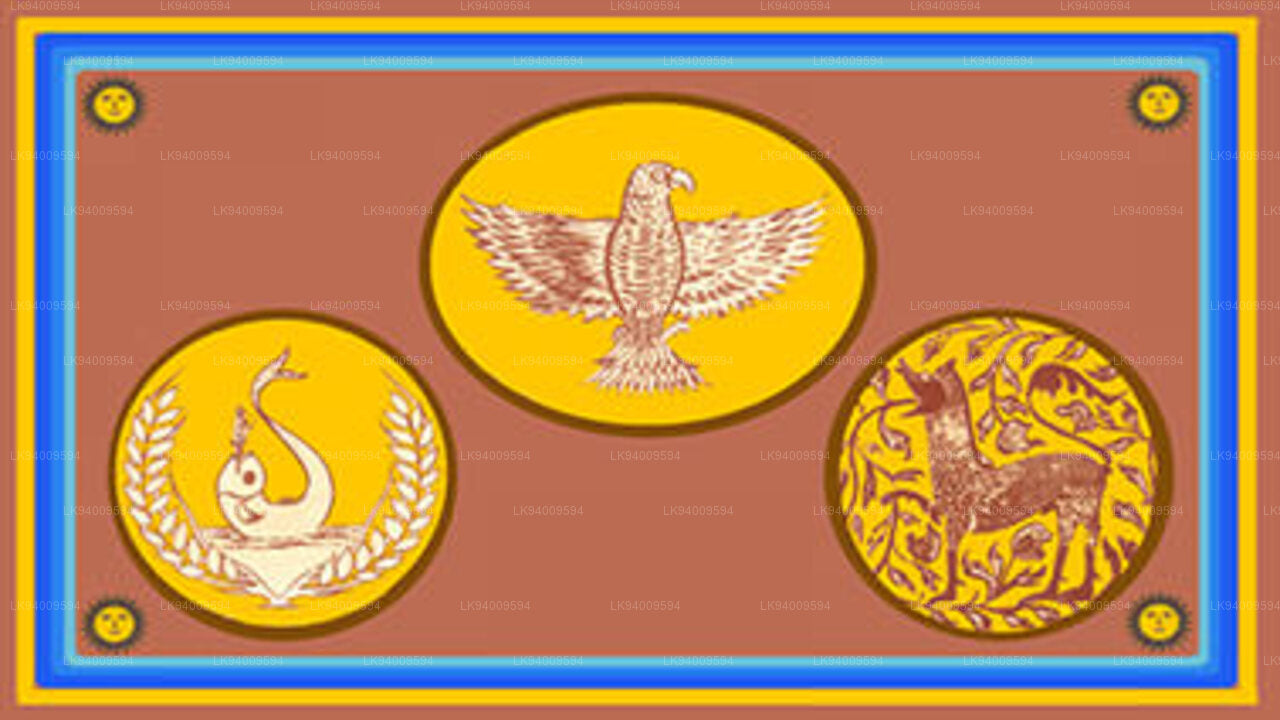 Eastern Province
Eastern ProvinceAnother province of Sri Lanka mostly known for its golden beaches and the natural harbour, the Eastern Province which is 9,996 km2 in extent consists of three administrative districts namely Trincomalee, Batticaloa and Ampara.













